Home>Articles>How To Store Clothes Without A Dresser Or Closet
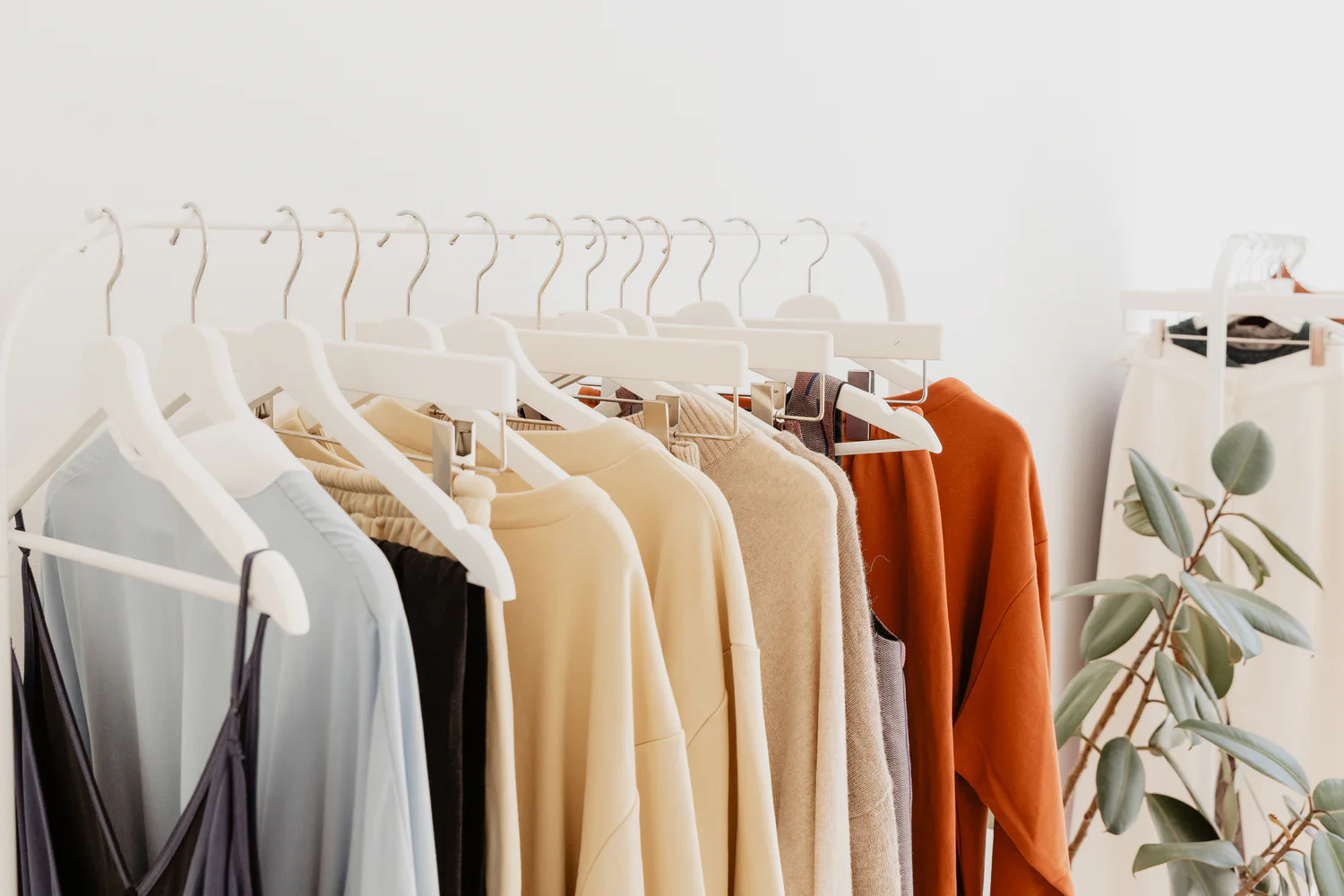

Articles
How To Store Clothes Without A Dresser Or Closet
Modified: February 21, 2024
Learn creative ways to store your clothes without a dresser or closet with these helpful articles. Maximize space and keep your clothing organized effortlessly.
(Many of the links in this article redirect to a specific reviewed product. Your purchase of these products through affiliate links helps to generate commission for Storables.com, at no extra cost. Learn more)
Introduction
When you find yourself lacking the space for a traditional dresser or closet in your home, it can be challenging to figure out how to store your clothes. However, with a bit of creativity and ingenuity, you can find alternative solutions that are both functional and stylish. In this article, we will explore various methods for storing clothes without a dresser or closet, allowing you to make the most of your available space.
Whether you live in a small apartment, a tiny house, or simply have limited closet space, these storage ideas will help you optimize your clothing organization. From floating shelves to under-bed storage, there are numerous options to consider based on your specific needs and preferences.
So, let’s dive right in and discover how to store clothes without a traditional dresser or closet.
Key Takeaways:
- Get creative with alternative storage solutions like floating shelves, wall-mounted rods, clothing racks, and under-bed storage to maximize space and keep your clothes organized without a traditional dresser or closet.
- Personalize your clothing storage with decorative elements, declutter regularly, and find storage solutions that suit your space and lifestyle, whether you live in a small apartment or have limited closet space.
Read more: How To Store Coats Without A Closet
Utilizing Floating Shelves
Floating shelves are a fantastic option for storing clothes when you don’t have a dresser or closet. These shelves not only provide an efficient storage solution but also add a stylish element to your space. Here’s how you can make the most of floating shelves:
- Choose the right location: Select a wall where you have enough space to install the floating shelves. Ideally, this area should be easily accessible and not obstructed by furniture or other objects.
- Install the shelves: Using a level and a drill, mount the floating shelves onto the wall according to the manufacturer’s instructions. Make sure they are securely attached to support the weight of your clothes.
- Fold and stack your clothes: Fold your clothes neatly and stack them on the shelves. You can organize them by type, color, or any other system that works for you. Utilize dividers or baskets to separate different categories of clothing and maximize the shelf space.
- Add decorative elements: To enhance the visual appeal, consider adding small potted plants, decorative bookends, or framed photos to the shelves. This will make your storage solution more personalized and visually appealing.
- Utilize the top surface: Take advantage of the top surface of the floating shelves by placing decorative items or using it as additional storage space. You can place jewelry trays, small boxes, or a decorative bowl for storing accessories.
Floating shelves provide a versatile and efficient way to store your clothes. They allow you to showcase your favorite pieces while keeping them organized and easily accessible. With the added benefit of being customizable and affordable, floating shelves are an excellent solution for those without a dresser or closet.
Hanging Clothes on a Wall-Mounted Rod
Another practical and space-saving solution for storing clothes without a dresser or closet is to utilize a wall-mounted rod. This method allows you to hang your clothes just like you would in a traditional closet. Here’s how you can make the most of a wall-mounted rod:
- Choose the right spot: Select a wall where you have enough space to install the rod and easily access your clothes. Consider using a wall in your bedroom, hallway, or even a corner of your living space.
- Install the rod: Measure the desired height for the rod and use a level to ensure it is straight. Mark the positions for the brackets, then drill the holes and attach them securely to the wall. Finally, hang the rod on the brackets.
- Organize your clothes: To store your clothes, use hangers that work well with the wall-mounted rod. You can hang your shirts, blouses, dresses, and even pants or skirts. Consider organizing your clothes by type or color to make it easier to find what you need.
- Additional storage options: If you have extra wall space beneath the rod, consider adding hooks or baskets. These can be used to hang accessories such as belts, scarves, or hats, or to store folded items like sweaters or jeans.
A wall-mounted rod not only provides a functional way to store your clothes but also adds a stylish element to your space. You can customize it by choosing a rod with a unique design or by adding decorative elements such as a curtain rod with decorative finials.
By utilizing a wall-mounted rod, you can maximize vertical space in your home and create a designated area for your clothes. This solution is ideal for those who prefer their clothes to be easily accessible and visually displayed.
Using a Clothing Rack
A clothing rack is a versatile and portable option for storing clothes without a dresser or closet. Whether you’re short on space or simply prefer an open storage solution, a clothing rack can be a stylish and practical addition to your home. Here’s how you can effectively use a clothing rack:
- Select the right clothing rack: Choose a clothing rack that suits your needs and complements your aesthetic preferences. There are various types available, including freestanding racks, wall-mounted racks, and collapsible racks for easy storage when not in use.
- Find the perfect spot: Determine the best location for your clothing rack. Consider placing it in a corner of your room, against a wall, or even in a designated dressing area. Make sure the area is easily accessible and doesn’t obstruct the flow of your space.
- Organize your clothes: Hang your clothes on the clothing rack, organizing them based on type, color, or any other system that works for you. You can use hangers or even opt for hanging organizers that have compartments for different items.
- Utilize the bottom shelf: Many clothing racks come with a bottom shelf or multiple tiers for additional storage. Utilize this space to store shoes, bags, folded clothes, or storage bins with smaller items. This will help maximize the functionality of the clothing rack.
- Add stylish touches: Enhance the visual appeal of your clothing rack by adding decorative elements. Consider draping fairy lights or a string of colorful beads around the rack. You can also use hanging plants or baskets to add a touch of greenery and texture.
A clothing rack not only provides a practical storage solution but also serves as a display area for your favorite clothes and accessories. It allows you to showcase your personal style while keeping your items easily accessible. Plus, the portability of a clothing rack allows you to rearrange your space whenever needed.
With the wide variety of clothing rack styles available, you can choose one that fits your space and aesthetic preferences. Whether you prefer a minimalistic design or a more elaborate and decorative option, a clothing rack can be a functional and trendy alternative to a traditional dresser or closet.
Utilizing Under-Bed Storage
When you’re short on space for storing clothes, don’t overlook the potential of the area under your bed. Utilizing under-bed storage is an excellent way to maximize space and keep your clothes organized and easily accessible. Here’s how you can effectively use under-bed storage:
- Choose the right under-bed storage containers: Opt for under-bed storage containers that are specifically designed to fit under standard bed frames. These containers can be plastic bins, fabric organizers, or even vacuum-sealed bags, depending on your storage needs and preferences.
- Purge and declutter: Before storing your clothes under the bed, take the opportunity to declutter your wardrobe. Sort through your clothes and donate or sell any items you no longer need or wear. This will help make your storage more efficient and organized.
- Fold and categorize your clothes: Fold your clothes neatly and categorize them based on type or season. This will make it easier to find specific items when you need them. Consider using dividers or small storage bins within the containers to further separate and organize your clothing.
- Slide the containers under the bed: Carefully slide the filled storage containers under your bed. Make sure they are secure and won’t shift around. If there is not enough clearance under your bed, consider bed risers to raise the height and create additional storage space.
- Label the containers: To avoid confusion and make retrieval easier, label the storage containers. You can use adhesive labels or even create a simple inventory list to keep track of what clothes are stored in each container.
- Utilize the space efficiently: Depending on the height of your bed, you may have enough space to stack multiple containers. Utilize this vertical space to maximize your storage capacity. Additionally, consider storing out-of-season clothing or less frequently worn items towards the back of the bed, and keep frequently used clothes towards the front for easy access.
Under-bed storage provides a discreet and practical solution for storing clothes without taking up extra space in your room. With proper organization and utilization of under-bed storage, you can keep your clothes neatly tucked away while still keeping them easily accessible whenever needed.
Remember to periodically assess and rotate your stored clothes to ensure you have the right items accessible for each season. Utilizing under-bed storage is an efficient and convenient way to keep your wardrobe organized and maximize space in your home.
Use underbed storage containers to store out-of-season clothes. Vacuum-sealed bags can also help save space and protect your clothes from dust and pests.
Read more: How To Store Clothes Without A Dresser
Utilizing Storage Bins or Baskets
Storage bins or baskets are a versatile and practical solution for storing clothes without a dresser or closet. They come in various sizes, shapes, and materials, allowing you to customize your storage based on your specific needs and space constraints. Here’s how you can effectively utilize storage bins or baskets:
- Assess your storage needs: Determine the quantity and types of clothes you need to store. This will help you determine the size and number of storage bins or baskets you’ll need. Consider categorizing your clothes by type, season, or frequency of use.
- Choose the right bins or baskets: Select storage bins or baskets that fit your available space and compliment your decor. Opt for sturdy options that can withstand the weight of your clothes and are easy to access. If you prefer a cohesive look, choose matching bins or baskets.
- Fold and organize your clothes: Start by folding your clothes neatly to maximize space within the bins or baskets. Categorize your clothes and group them accordingly. For example, you can have separate bins for t-shirts, sweaters, or accessories.
- Label the bins or baskets: Adding labels to your storage containers can be immensely helpful when it comes to finding specific items quickly. Use adhesive labels or tags to identify the contents of each bin or basket. This will save you time when searching for specific clothing pieces.
- Stack or place the bins or baskets: Once your clothes are sorted and folded, stack the bins or place the baskets in a designated area. You can place them in a closet, on shelves, or under a bed, depending on the available space and your preferences.
- Utilize vertical space: If you have limited floor space, consider utilizing vertical space to store your bins or baskets. Install shelving units or opt for stackable bins to maximize the storage capacity. This will help free up floor space while keeping your clothes easily accessible.
- Add decorative touches: Storage bins or baskets can also serve as decorative elements in your space. Choose stylish or woven options that complement your decor style, or consider adding fabric liners or decorative labels to enhance their visual appeal.
Storage bins or baskets offer a practical and aesthetically pleasing solution for organizing and storing clothes without a dresser or closet. By categorizing and properly labeling your clothing items, you can easily access your clothes while maintaining a tidy and clutter-free environment in your home.
Remember to periodically assess and declutter your storage bins or baskets to ensure you only keep the clothes you truly need and use. With the right storage containers and an organized system, you can efficiently store your clothes and maintain a well-managed wardrobe.
Utilizing Over-the-Door Hooks
Over-the-door hooks are a simple and convenient solution for storing clothes without a dresser or closet. They allow you to take advantage of unused door space and create a practical storage solution. Here’s how you can effectively utilize over-the-door hooks:
- Select the right hooks: Choose sturdy and durable over-the-door hooks that can securely hold the weight of your clothes. Consider the number of hooks you need and whether you prefer a single hook or a multi-hook option.
- Find the ideal door: Identify which door in your home would be best for hanging your clothes. This can be a bedroom door, a closet door, or even a bathroom door. Ensure that the door is not obstructed and can freely swing open and closed.
- Installation process: Follow the manufacturer’s instructions for installing the over-the-door hooks. Most hooks will simply fit over the top of the door, while others may require screwing them into place. Ensure that the hooks are securely attached to prevent them from falling off or damaging the door.
- Categorize and hang your clothes: Sort and categorize your clothes before hanging them on the hooks. You can group them based on type, color, or season. This will help you locate specific items quickly and keep your clothes organized.
- Consider using additional accessories: To increase the storage capacity and functionality of the over-the-door hooks, you can use additional accessories such as hanging organizers, small baskets, or shoe racks. This will help you make the most of the available space and keep your belongings tidy.
- Keep it tidy: Regularly assess the items hanging on the over-the-door hooks and declutter as needed. This will prevent overcrowding and ensure that you only keep the clothes you use and enjoy wearing.
Over-the-door hooks are a practical and space-saving solution for storing clothes. They offer a quick and easy way to hang your clothes without requiring any permanent installation or taking up additional floor space. Plus, they can be easily removed or repositioned if needed.
Remember to distribute the weight of your clothes evenly across the hooks to prevent them from becoming overloaded or imbalanced. Utilizing over-the-door hooks allows you to efficiently maximize the storage potential of your doors and keep your clothes organized and easily accessible.
Utilizing Cubby Storage or Bench
Cubby storage or a storage bench is a versatile and functional solution for storing clothes without a dresser or closet. These furniture pieces provide a combination of storage compartments and seating, making them a practical addition to any home. Here’s how you can effectively utilize cubby storage or a storage bench:
- Select the right piece: Choose a cubby storage unit or bench that suits your space and storage needs. Consider the size, number of compartments, and any additional features such as hooks or drawers.
- Find the perfect spot: Determine the ideal location for your cubby storage or bench. It can be placed in an entryway, bedroom, or any area where you need both seating and storage. Ensure that the space allows for easy access and doesn’t obstruct the flow of your room.
- Fold and organize your clothes: Before storing your clothes, fold them neatly and organize them based on your preference. Place folded clothes in the cubby compartments, grouping them by type or category. You can also use fabric bins or baskets within the cubbies to further separate and organize your clothing items.
- Utilize additional features: Take advantage of any additional features that come with your cubby storage or bench. Hooks can be used to hang accessories such as scarves or hats, while drawers can store smaller items like socks or underwear. Maximize the functionality of the furniture piece to suit your storage needs.
- Create a seating area: If your cubby storage or bench is designed for seating, consider adding a cushion or pillows to make it more comfortable. This will create a cozy and functional seating area in addition to providing storage for your clothes.
- Add decorative elements: Enhance the visual appeal of the cubby storage or bench by adding personal touches. Place decorative bins or baskets on top to store accessories or display plants or decorative items. This will make the furniture piece blend seamlessly with your decor and add a touch of style to your space.
Cubby storage or a storage bench offers a practical solution for storing clothes while providing additional seating and storage capabilities. These furniture pieces can help keep your clothes organized, easily accessible, and neatly tucked away. Plus, they can add functionality and style to your living space.
Remember to periodically declutter and reorganize the cubby compartments or drawers to ensure you only keep the clothes you need and use. Utilizing cubby storage or a storage bench allows you to optimize your available space and create a designated area for your clothes, helping you maintain a well-organized and clutter-free home.
Utilizing Bookshelves as Clothing Storage
If you find yourself lacking a dresser or closet, consider repurposing bookshelves as an alternative clothing storage solution. Not only will this provide you with ample storage space, but it will also add a unique and stylish element to your room. Here’s how you can effectively utilize bookshelves as clothing storage:
- Select the right bookshelf: Choose a bookshelf that suits your space and complements your aesthetic preferences. Look for a sturdy and durable option with adjustable shelves, allowing you to customize the storage space as needed.
- Arrange shelves for clothing storage: Adjust the shelves on the bookshelf to accommodate the height of your clothes. If possible, remove some shelves altogether to create taller compartments for hanging longer items like dresses or coats.
- Categorize and organize your clothes: Sort through your clothes and categorize them by type, season, or frequency of use. Fold and stack your clothes on the shelves, according to the categories you’ve established. Utilize dividers or bins to keep different types of clothing separated and organized.
- Use the top shelf for storage: Take advantage of the top shelf of the bookshelf to store items such as hats, bags, or folded clothes that are less frequently used. You can utilize decorative boxes or bins to keep these items neatly organized and out of sight.
- Add decorative elements: Personalize the bookshelf by adding decorative elements such as potted plants, picture frames, or small trinkets. This will integrate the bookshelf seamlessly into your room and make it a visually pleasing part of your space.
- Consider adding hooks or rods: To increase the storage capacity of the bookshelf, consider adding hooks or rods to hang clothing items. Attach hooks to the sides or back of the bookshelf for scarves, belts, or hats. Install a rod underneath a shelf for hanging shirts or trousers.
Repurposing a bookshelf as clothing storage not only provides you with a practical storage solution but also allows you to showcase your clothes as a part of your room’s decor. By organizing and displaying your clothes on the shelves, you can create a visually appealing and functional clothing storage system.
Remember to periodically declutter and rearrange the clothes on the bookshelf to ensure you’re optimizing the space and keeping your wardrobe well-organized. Utilizing bookshelves as clothing storage offers a creative and efficient way to maximize storage in your home while adding a unique touch to your room’s design.
Read more: How To Store Pants Without A Dresser
Conclusion
When it comes to storing clothes without a traditional dresser or closet, creativity and resourcefulness are key. By exploring alternative solutions, you can optimize your available space and maintain an organized and functional wardrobe. Whether you choose to utilize floating shelves, install a wall-mounted rod, use a clothing rack, make use of under-bed storage, utilize storage bins or baskets, hang clothes on over-the-door hooks, repurpose a bookshelf, or any combination of these methods, you have ample options to suit your needs and preferences.
The key to successful clothing storage is categorization, organization, and maximizing the use of available space. Fold and stack your clothes neatly, hang them on rods or hooks, or store them in designated containers. Group your clothes by type, season, or color to make locating specific items a breeze.
Additionally, don’t forget about the decorative elements. Adding personal touches and decorative elements can elevate the visual appeal of your clothing storage solutions. Whether it’s incorporating plants, using decorative bins or baskets, or adding stylish hooks or hangers, infuse your own sense of style to create an inviting and aesthetically pleasing storage space.
Regular decluttering is essential to ensure you’re only keeping the clothes you truly need and use. Periodically assess your wardrobe and donate or sell items that no longer serve you or that you’ve outgrown. This will not only keep your clothing storage space organized but also free up room for new additions to your wardrobe.
Remember, there is no one-size-fits-all solution for storing clothes without a dresser or closet. The best approach is to find methods that suit your space, preferences, and lifestyle. Whether you live in a small apartment, a tiny house, or simply have limited closet space, these storage ideas will help you optimize your clothing organization and make the most of your available space.
With a little creativity and ingenuity, you can transform any area of your home into a functional and stylish clothing storage space. Embrace the challenge, think outside the box, and enjoy the process of creating storage solutions that work for you. Happy organizing!
Frequently Asked Questions about How To Store Clothes Without A Dresser Or Closet
Was this page helpful?
At Storables.com, we guarantee accurate and reliable information. Our content, validated by Expert Board Contributors, is crafted following stringent Editorial Policies. We're committed to providing you with well-researched, expert-backed insights for all your informational needs.
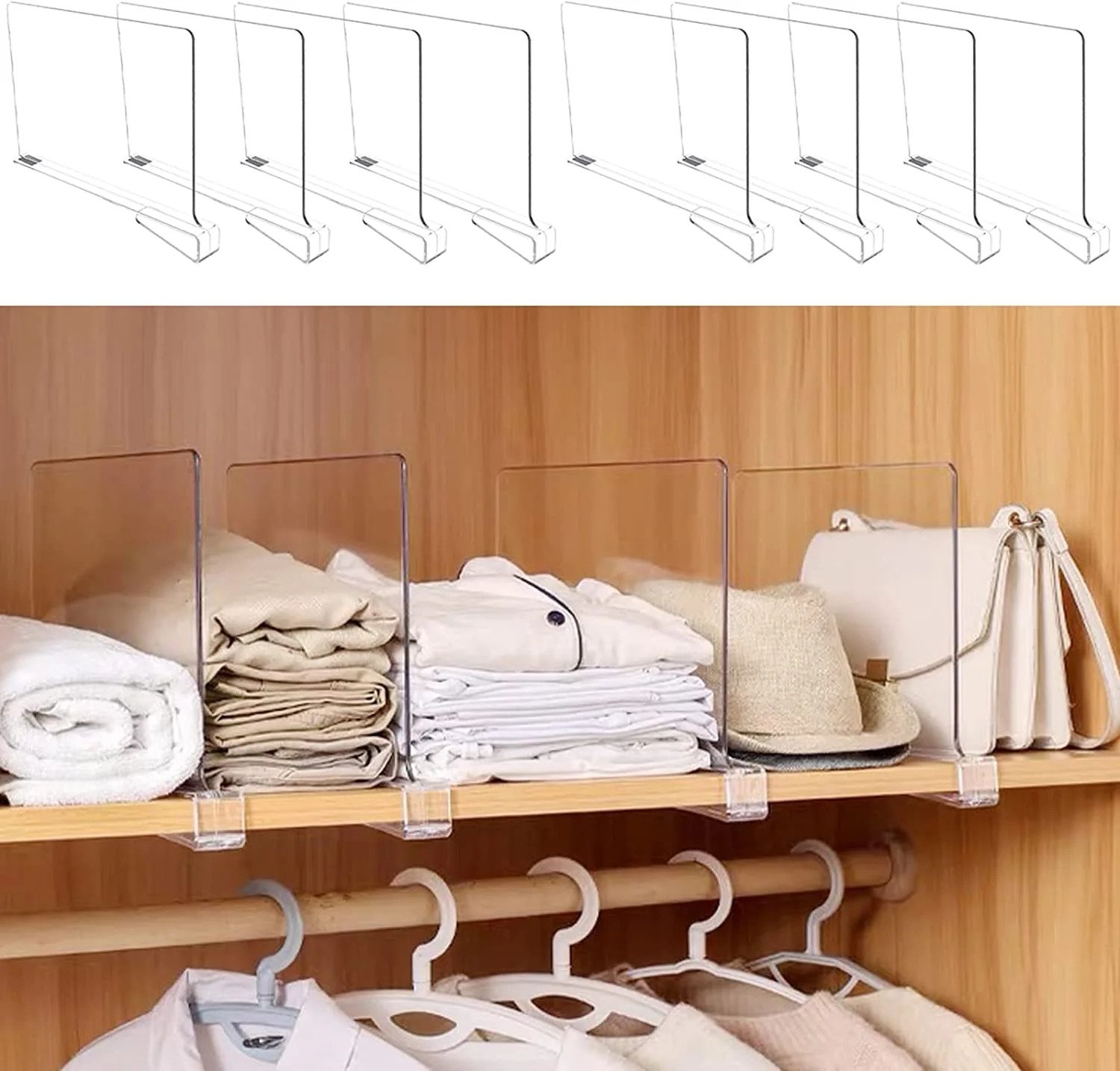
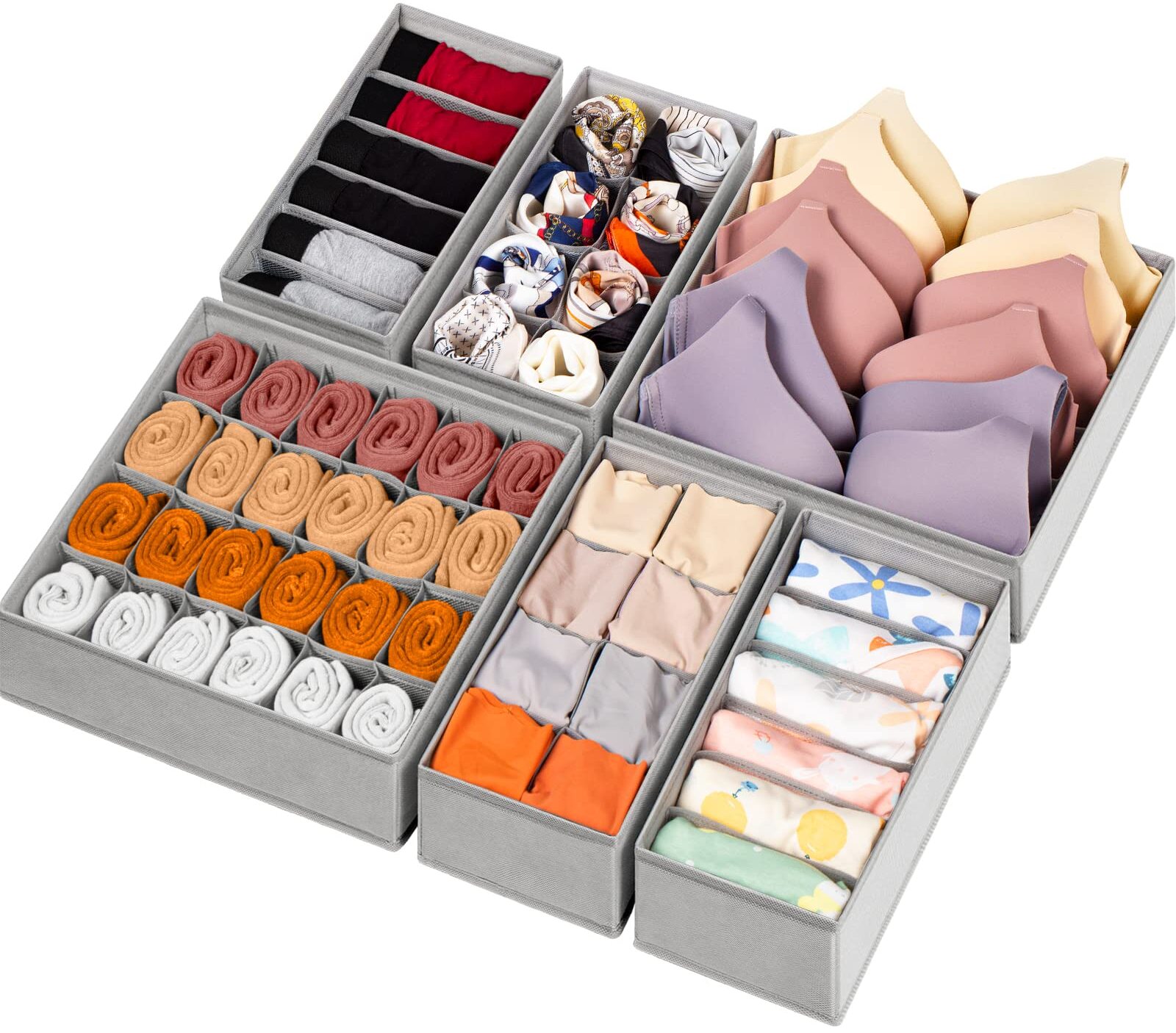
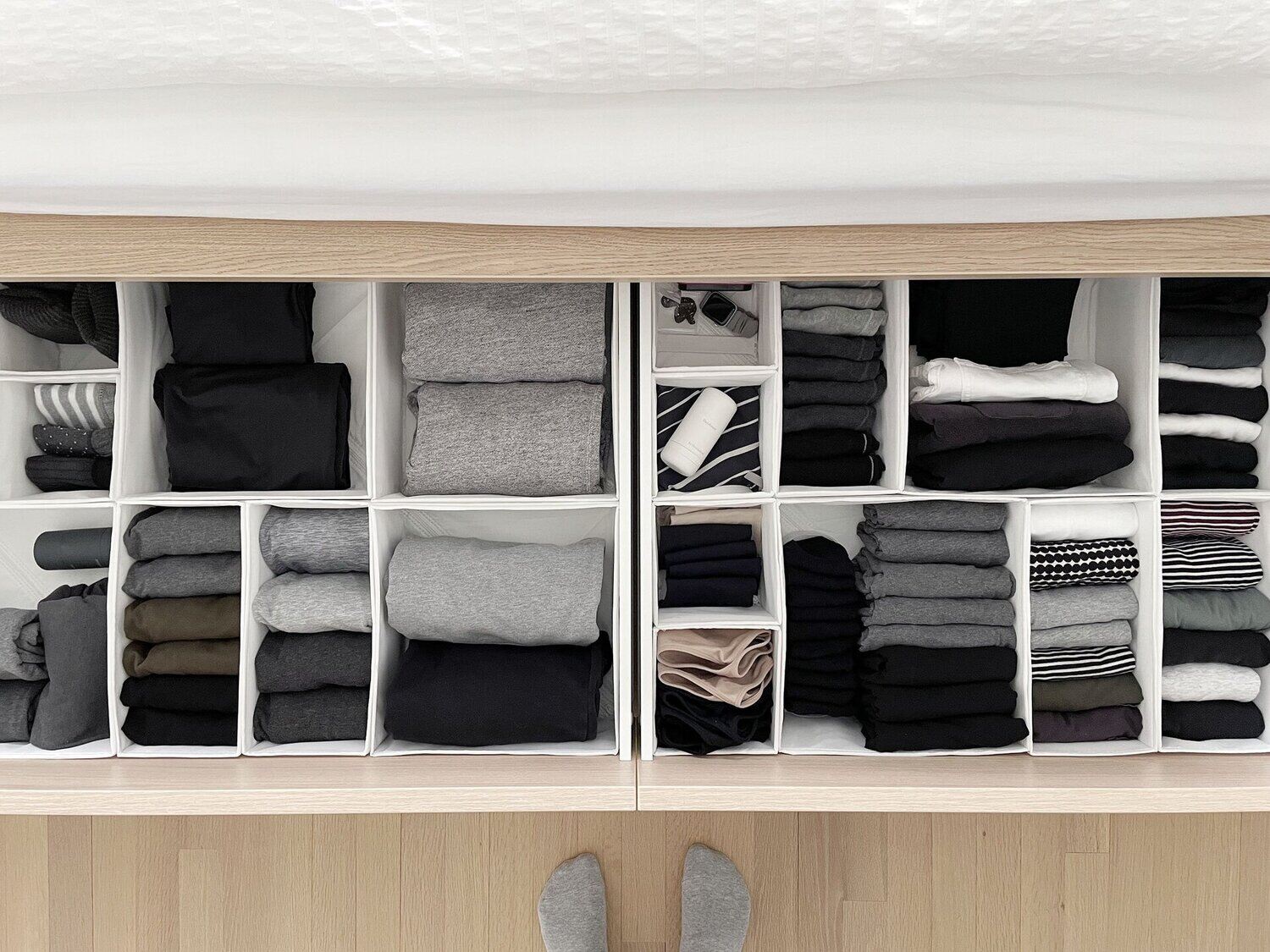
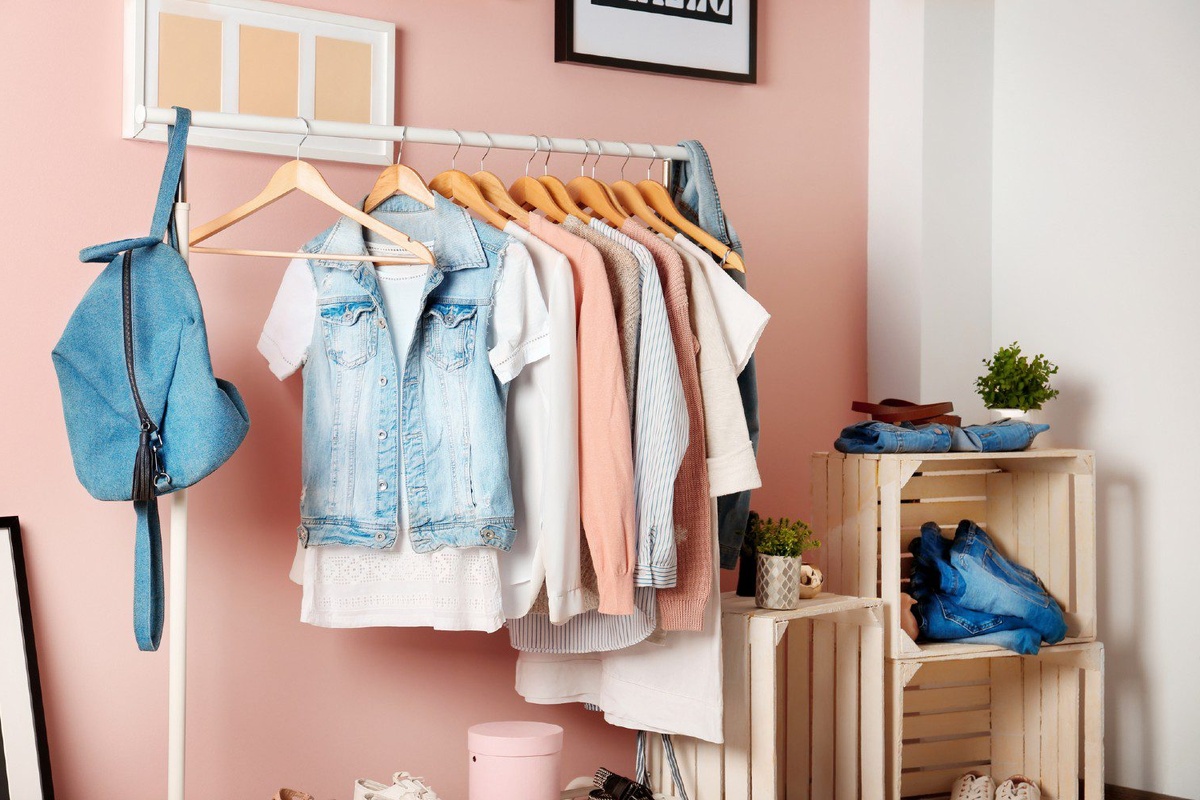
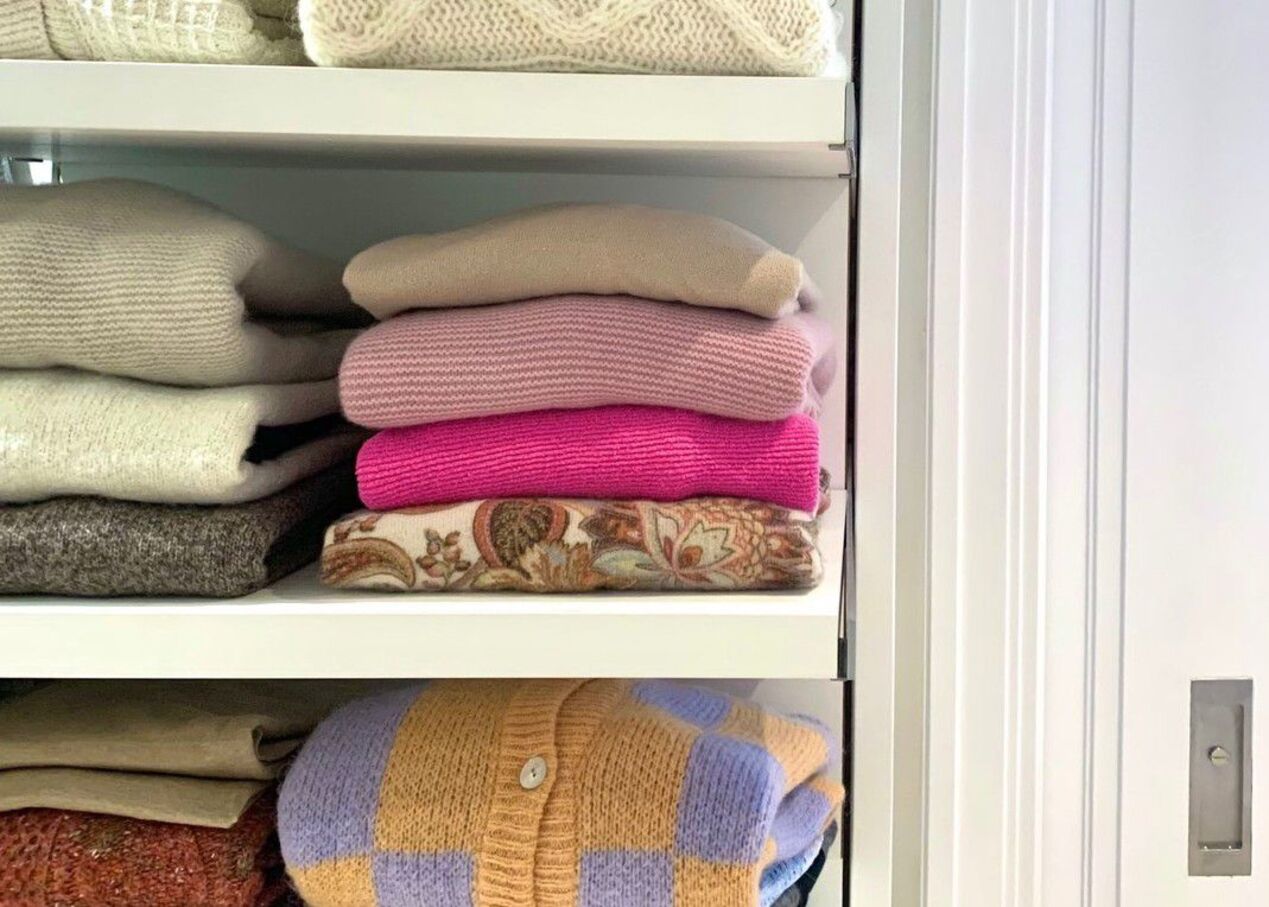
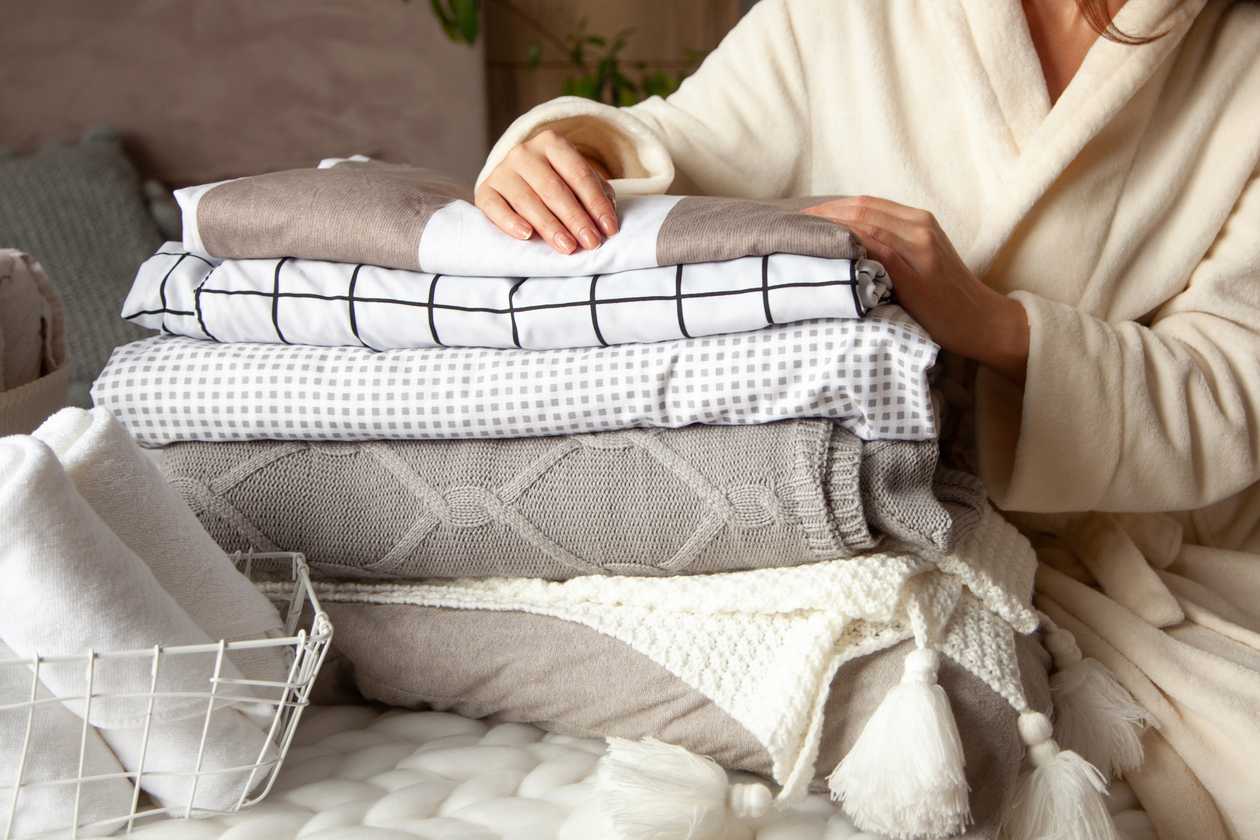
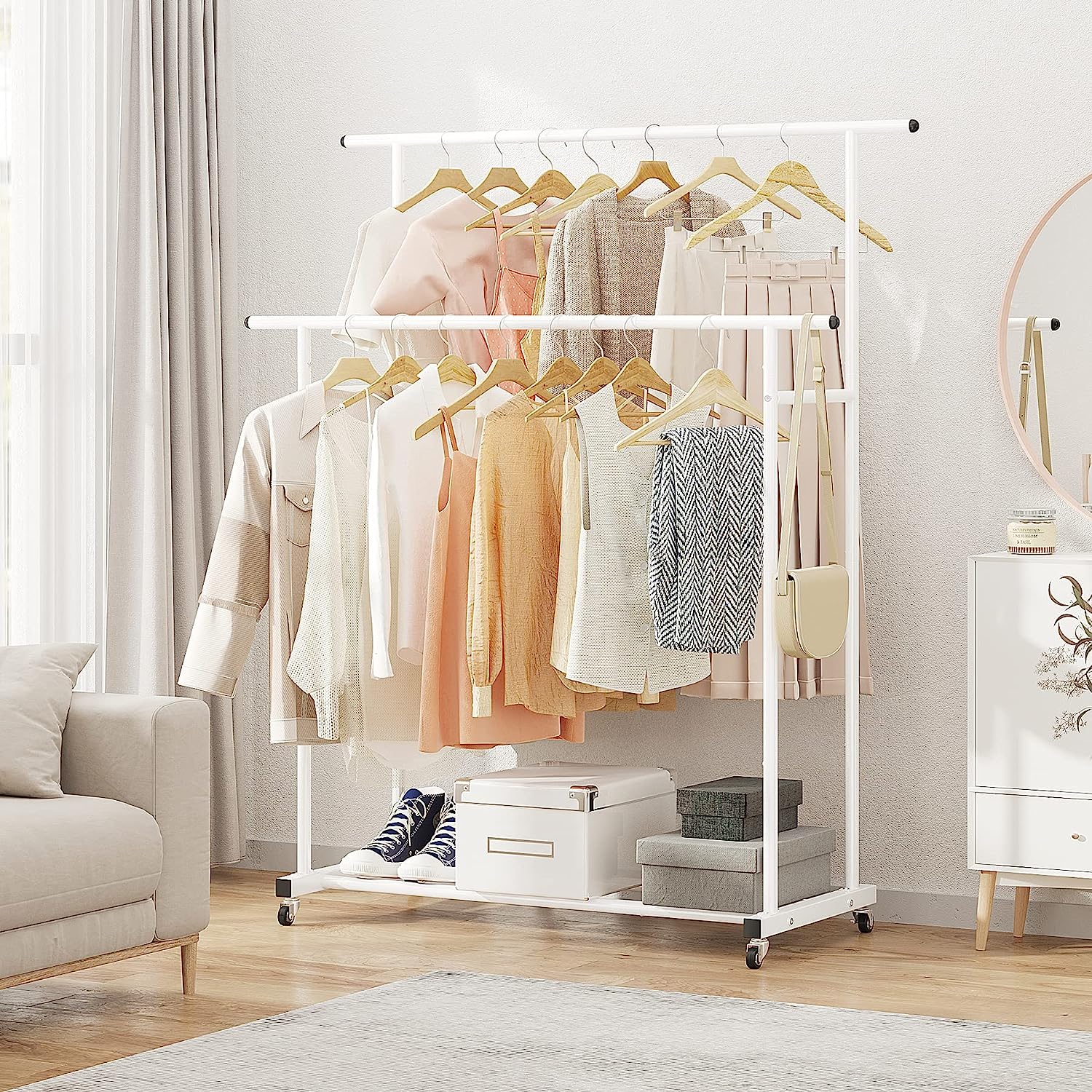
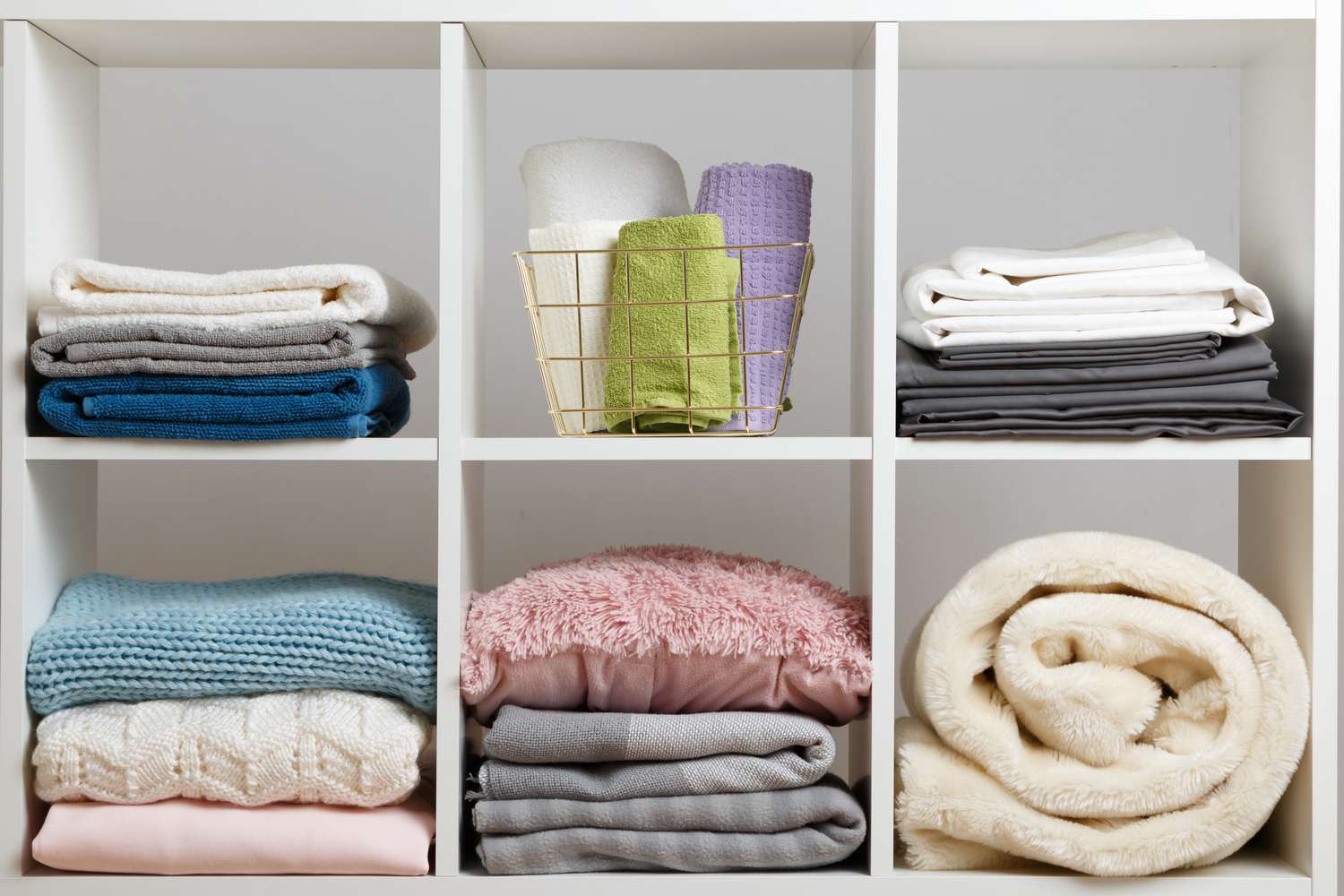
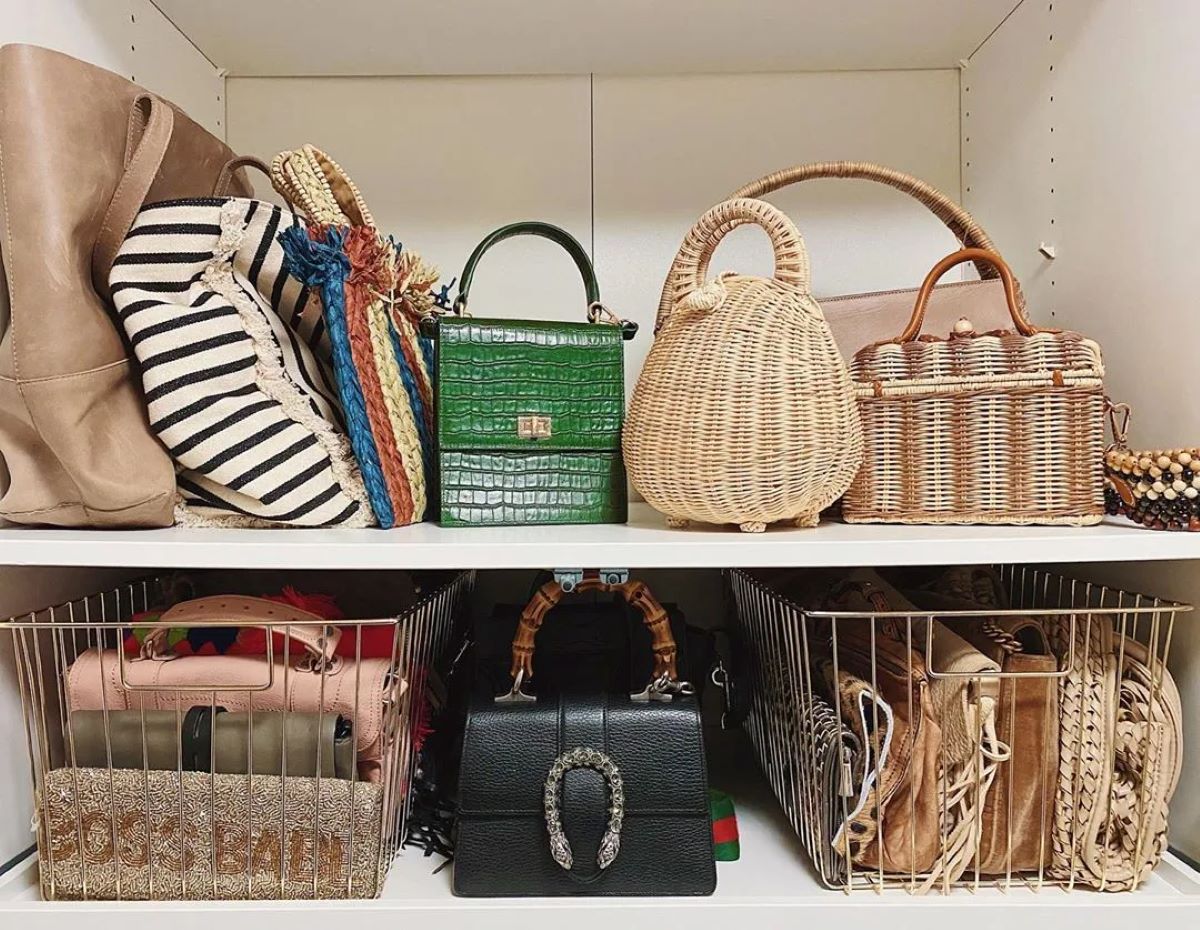
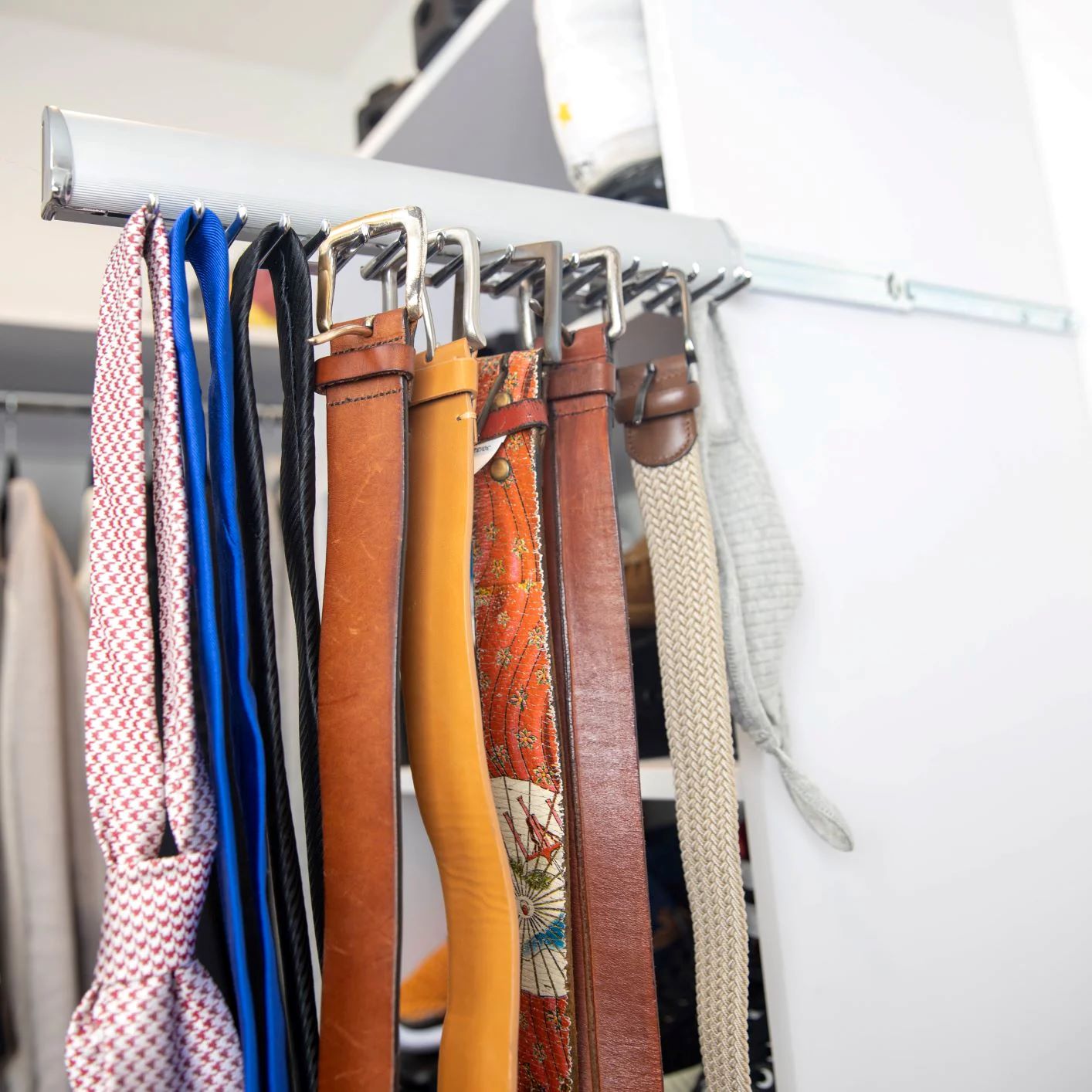
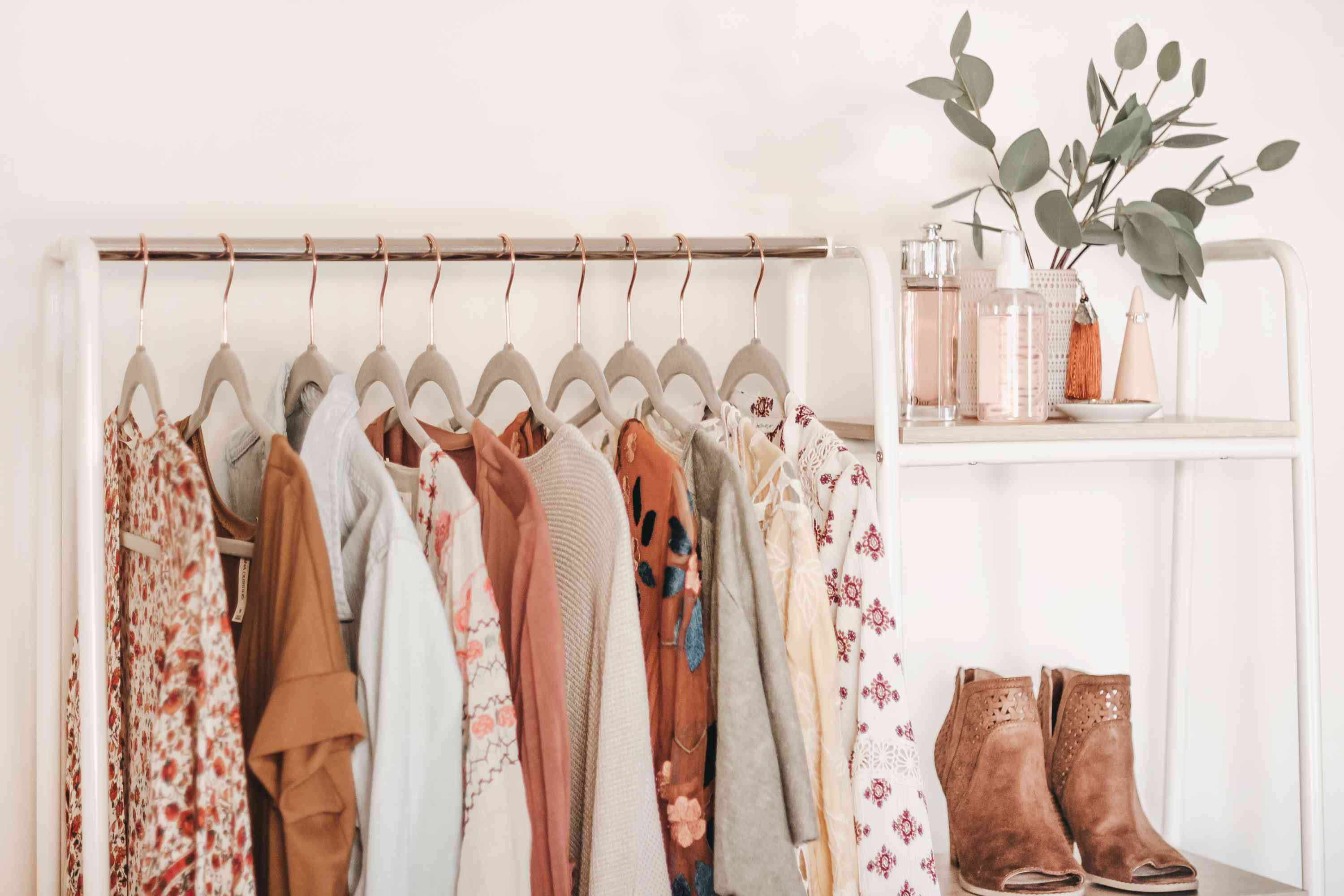
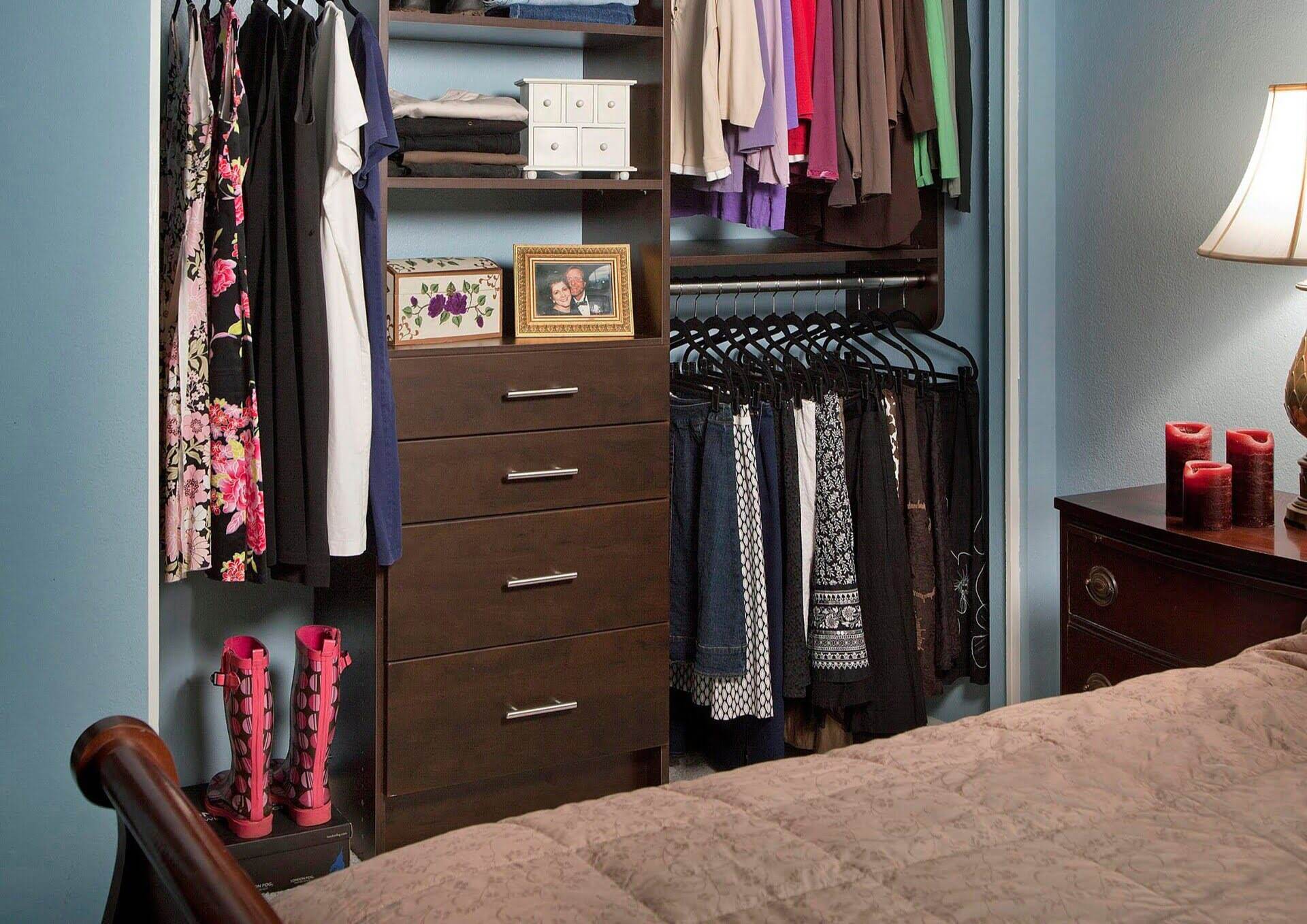
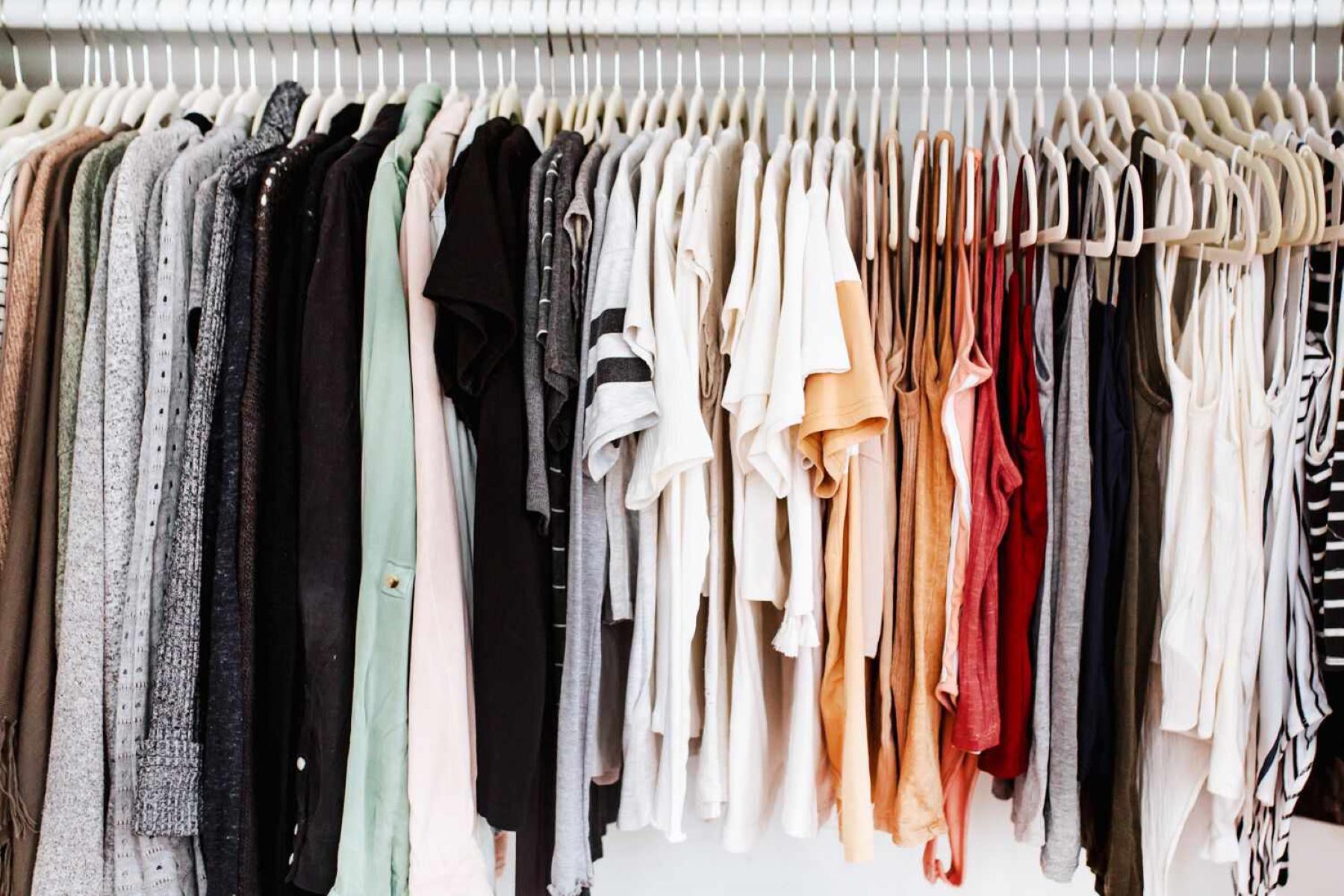

0 thoughts on “How To Store Clothes Without A Dresser Or Closet”